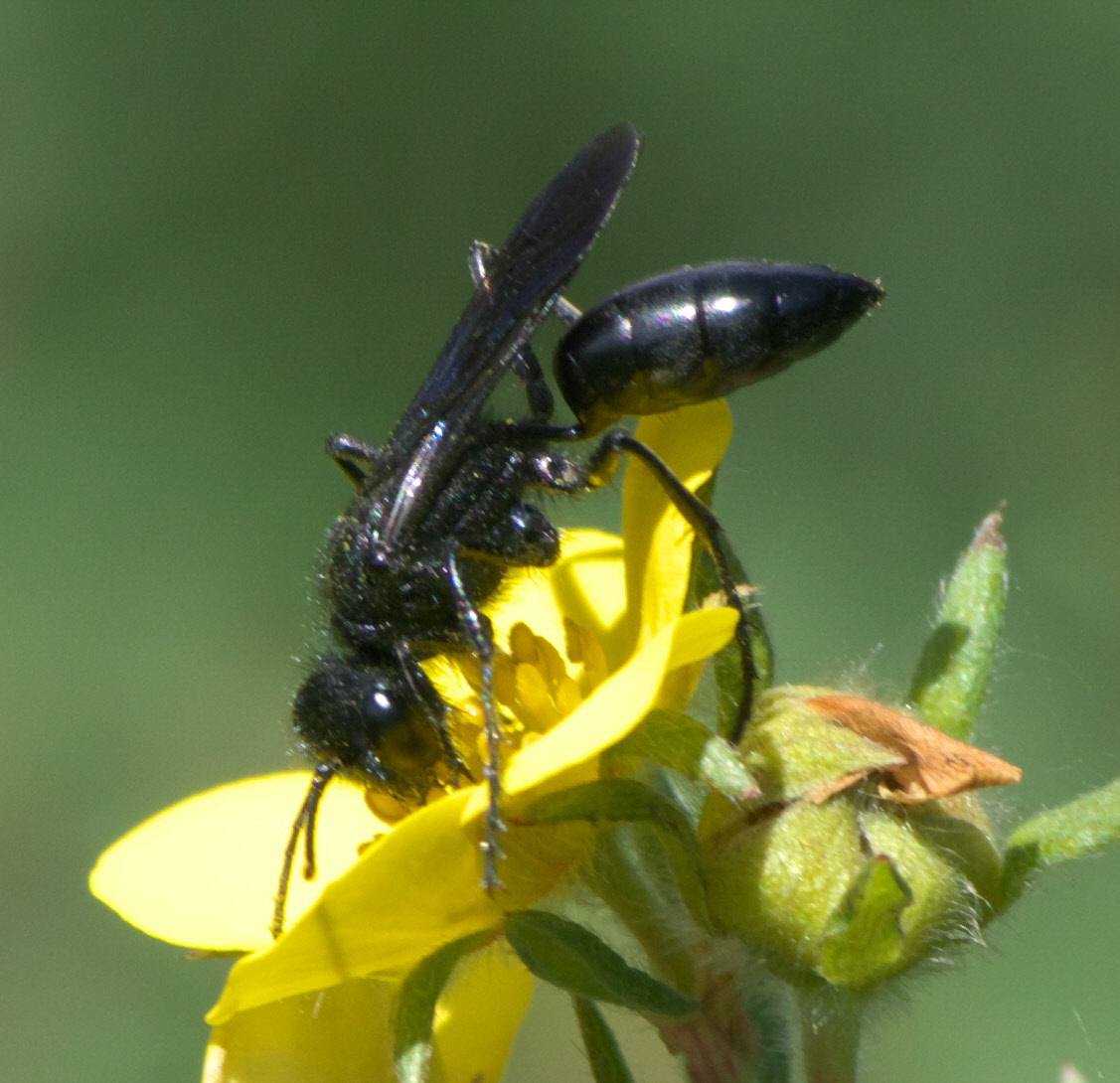|
Chlorion Aerarium
''Chlorion aerarium'', commonly known as the steel-blue cricket hunter, is a species of thread-waisted wasps in the family Sphecidae. Sharkey M.J. (2007). ''Phylogeny and Classification of Hymenoptera''. "Phylogenetic relationships among superfamilies of Hymenoptera", Sharkey M.J., Carpenter J.M., Vilhelmsen L., et al. 2012. ''Cladistics'' 28(1): 80-112. It is similar in shape and colour to the blue mud dauber species, ''Chalybion californicum'', which often overlaps in range. References Further reading NCBI Taxonomy Browser, ''Chlorion aerarium'' * Sphecidae Insects described in 1879 {{apoidea-stub ... [...More Info...] [...Related Items...] OR: [Wikipedia] [Google] [Baidu] |
Sphecidae
The Sphecidae are a cosmopolitan family of wasps of the suborder Apocrita that includes sand wasps, mud daubers, and other thread-waisted wasps. The name Sphecidae was formerly given to a much larger grouping of wasps. This was found to be paraphyletic, so most of the old subfamilies have been moved to the Crabronidae. Biology The biology of the Sphecidae, even under the restricted definition, is still fairly diverse; some sceliphrines even display rudimentary forms of sociality, and some sphecines rear multiple larvae in a single large brood cell. Many nest in pre-existing cavities, or dig simple burrows in the soil, but some species construct free-standing nests of mud and even (in one genus) resin. All are predatory and parasitoidal, but the type of prey ranges from spiders to various dictyopterans, orthopteroids and larvae of either Lepidoptera or other Hymenoptera; the vast majority practice mass provisioning, providing all the prey items prior to laying the egg. Phylo ... [...More Info...] [...Related Items...] OR: [Wikipedia] [Google] [Baidu] |
Blue Mud Dauber
''Chalybion'' is a genus of blue mud dauber wasps in the family Sphecidae. ''Chalybion'' species nest in a wide range of natural and artificial cavities such as holes in wood, walls, plant stems, etc., where they typically provision their brood cells with paralyzed spiders. They also reuse old nests of other wasps like '' Trypoxylon'' and ''Sceliphron''. Species There are 49 described species of ''Chalybion'': * '' Chalybion accline'' (Kohl, 1918) * '' Chalybion ammophiloides'' Hensen, 1988 * '' Chalybion bengalense'' (Dahlbom, 1845) (Hawaii, Mauritius, Mozambique, Seychelles, Socotra, South Africa; introduced in Italy) * '' Chalybion bocandei'' (Spinola, 1851) ** '' Chalybion bocandei bocandei'' (Spinola, 1851) (Ghana, Guinea, Liberia, Sierre Leone) ** '' Chalybion bocandei aeronitens'' Hensen, 1988 (Central African Republic, Democratic Republic of Congo) * '' Chalybion bonneti'' Leclercq, 1966 (Madagascar) * '' Chalybion californicum'' (de Saussure, 1867) – blue mud dauber (N ... [...More Info...] [...Related Items...] OR: [Wikipedia] [Google] [Baidu] |
Chalybion Californicum
''Chalybion californicum'', the common blue mud dauber of North America, is a metallic blue species of mud dauber wasp first described by Henri Louis Frédéric de Saussure in 1867. It is not normally aggressive towards humans. It is similar in shape and colour to the steel-blue cricket hunter (''Chlorion aerarium''). Like other types of wasps, males do not have an ovipositor, and therefore cannot sting. It is ranged from northern Mexico to southern Canada, including most of the United States. It has also been introduced to regions including Hawaii, Bermuda, Croatia and other European countries. Behavior Females can build their own nests, but often refurbish nests abandoned by other wasps and bees, particularly those of '' Sceliphron caementarium'''', removing any spiders captured by ''S. caementarium'' and the larva, replacing it with an egg of its own and freshly caught spiders. They go through multiple generations in a year. Interaction with other species This species is ... [...More Info...] [...Related Items...] OR: [Wikipedia] [Google] [Baidu] |
